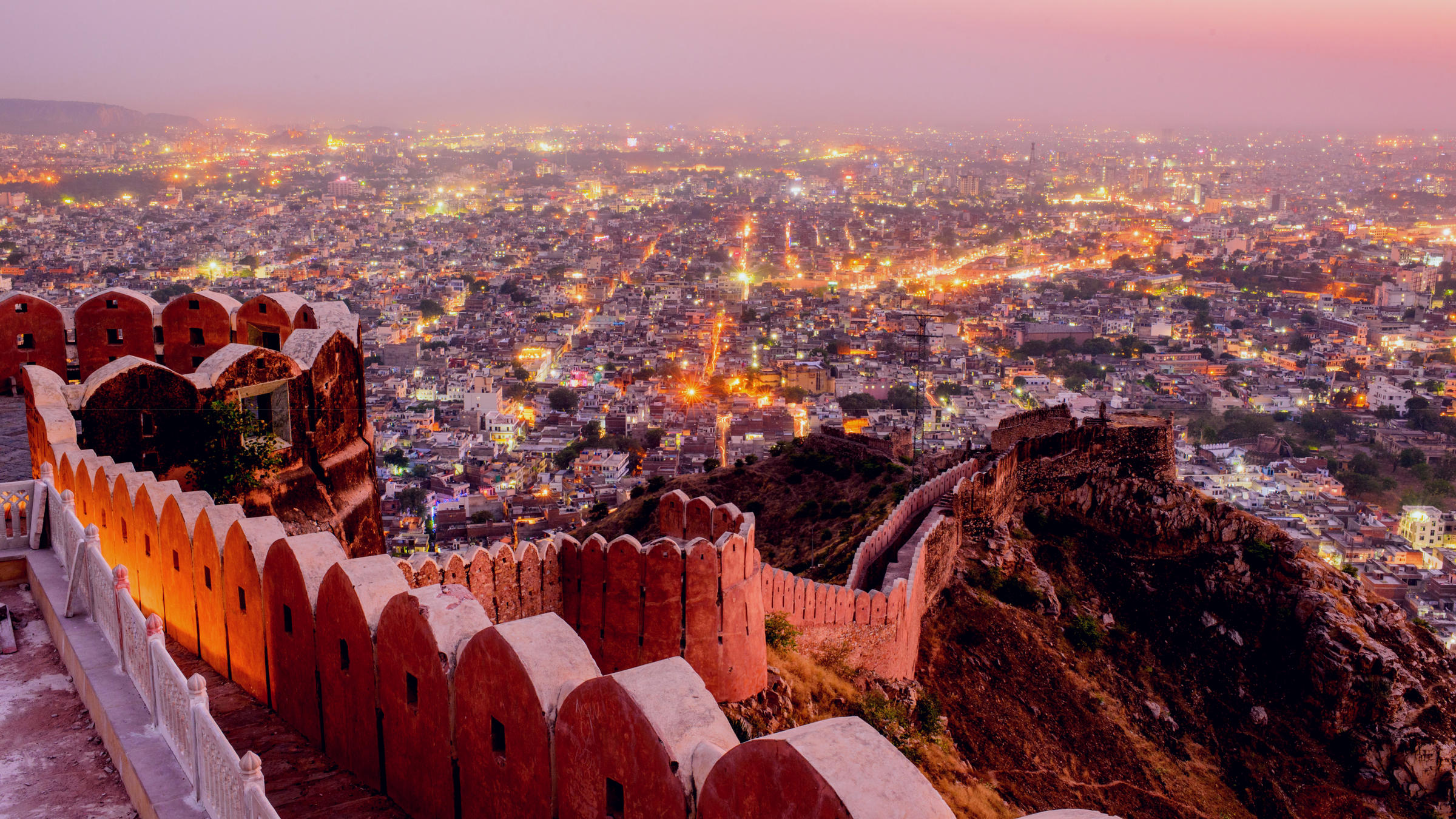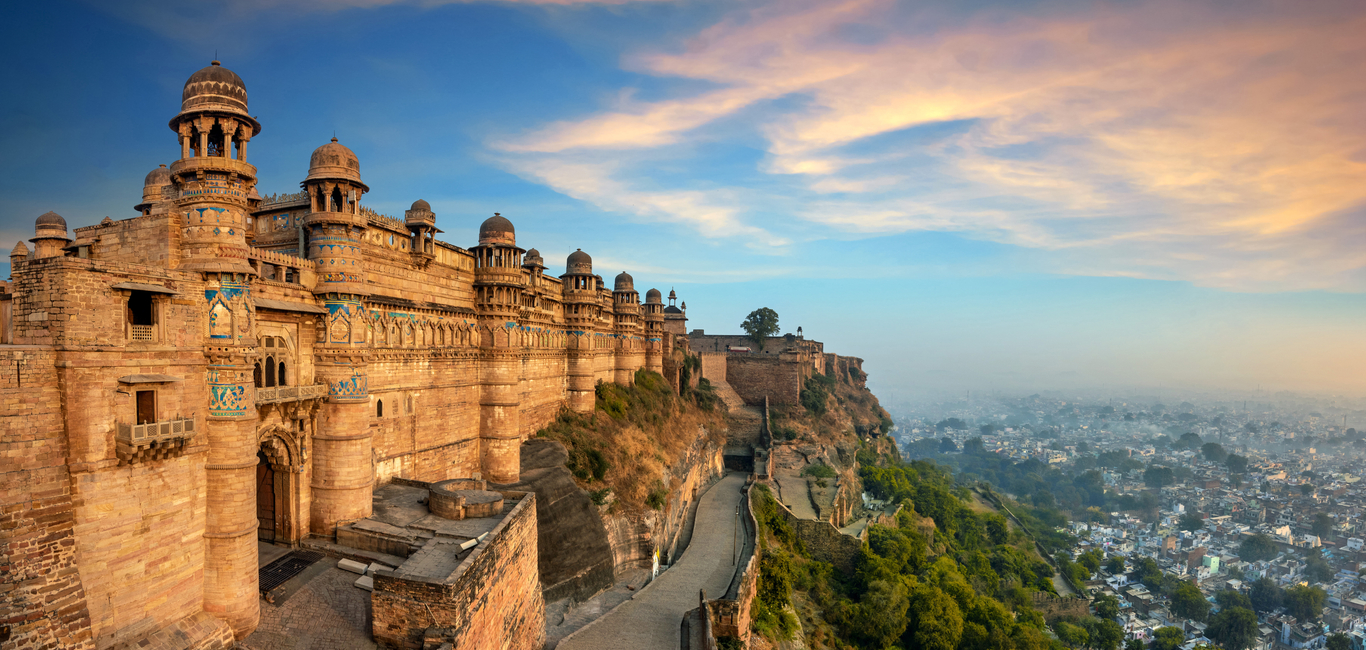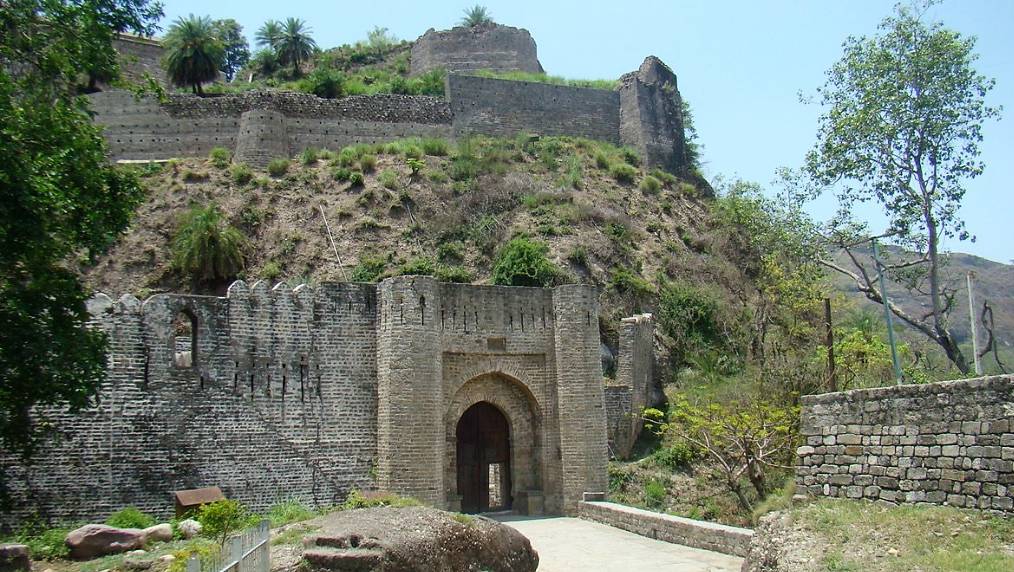Jaigarh Fort is a monumental fort located on the Aravalli Ranges of Rajasthan, towering at an impressive height of 500m above sea level. The fort was constructed in 1726 by the famous Raja Jai Singh II to fortify the Amer Fort.
You can see an unobstructed view of Amer Fort and its complex from the Jaigarh Fort and a breathtaking view of the green hills and lakes surrounding the fort. It is one of the most distinctive historical monuments in the Jaipur area and has many unique features that make it special.
The largest canyon in the world, the Jaivana Cannon, can be found inside the premises. The canon was built inside the Jaigarh Fort and is said to have participated in many famous Rajput battles and wars. Other attractions inside the fort include the Vilas Mandir, the Aram Mandir, Laxmi Vilas, and the Lalit Mandir.
A unique feature of the fort is the lattice-work windows from which you can observe the expanse of the surrounding landscape and the sizeable Persian garden, which has four distinct parts. The original purpose of the Jaigarh Fort was to store arms, ammunition, armor, and supplies for the Amer Fort in case of war.
It is now a significant historical monument, with visitors traveling from far and wide to get an insight into the rich culture and history of the Rajputs of Amer. The memorial is approximately 3 kilometers long and has a width of 1.
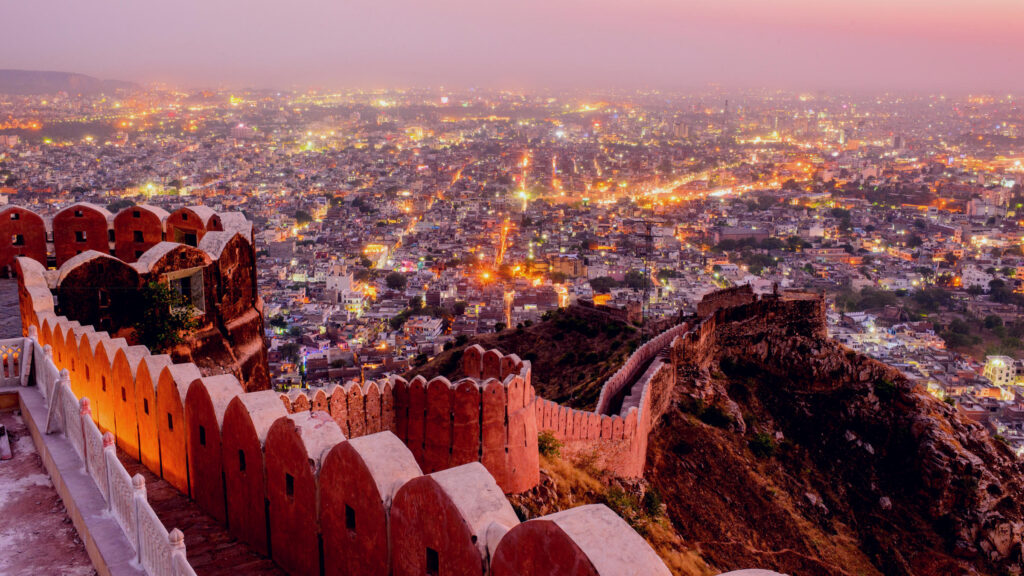
History of Jaigarh Fort:
The area that is home to the Jaigarh Fort and the Amer Fort was initially ruled by the Meenas, and it is believed that the Jaigarh Fort was built by them along with the Amer Fort. The Meenas originally built the fort as the home of the King and the royal family, who resided there, apart from their residency in the Amer Fort.
After the Meenas were overthrown by the Kachwahas, they made specific changes to the fort’s structure. During the rule of the Mughal ruler Aurangzeb, the defense came under the charge of Raja Jai Singh II, who made significant changes to the design and utility of the fort, and because of his contributions, the fort came to be named Jaigarh- after Jai Singh.
Throughout the reign of the Mughals, including that of the great emperor Akbar, Jaigarh Fort was used as a place to keep the treasure, loot, arms, ammunition, and other supplies for the Rajputs. An exciting feature about the fort is that despite seeing several rules and coming under siege many times, no one truly ever managed to capture the fort, which is why it earned the name- Victory Fort.
The Architecture of Jaigarh Fort:
Jaigarh Fort is a massive sandstone structure built in Indo-Persian style, complete with cyclopean walls that have been held together with lime mortar. The system consists of a square garden surrounded by ramparts leading to the upper levels of the fort.
There is also a central watchtower from where one can get a clear, unobstructed view of the stunning landscape on all sides. One of the most exciting features of the fort’s architecture is the lattice windows, which are so intricately designed that one can get a clear view of the outdoors from inside, but no one from outside can see the interiors through these windows.
The main entrance of the Jaigarh Fort is called the Dungar Darwaza. There are two ancient temples within the premises of the fort, including the Ram Harihar Temple, built in the 10th century, and the Kal Bhairav Temple, which has existed since the 12th century.
Guests can walk through courtrooms, restrooms, assembly halls, and much more, which are a testimony to the brilliant architecture and construction techniques of the Rajputs. Fortified gates throughout the fort offer incredible views of the Aravalli ranges and Sagar Lake located in the vicinity of the fort.
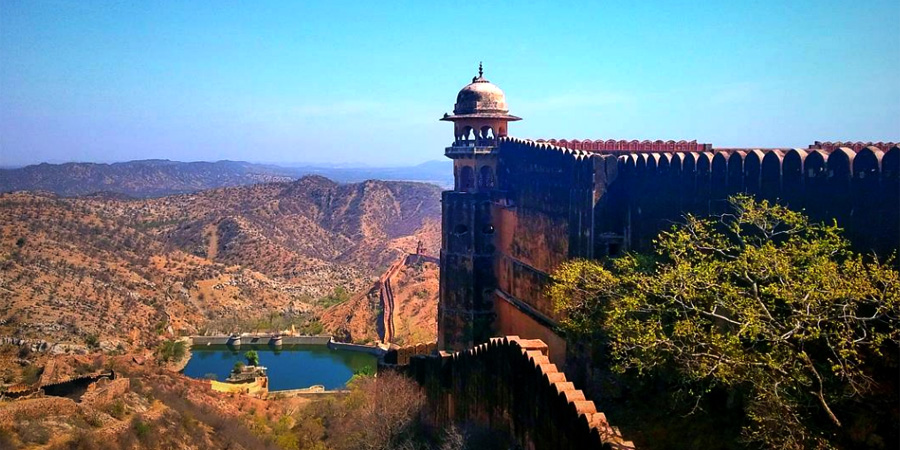
Attractions around Jaigarh Fort:
Even though Jaigarh Fort is an exciting tourist attraction in itself, there are several exciting places to visit in the vicinity. Here are interesting attractions around Jaigarh Fort:
- Amber Fort – Jaigarh Fort was built as a fortification for the famous Amber Fort. Amber Fort has a rich and varied history, with opulent structures, great views, and royal architecture that will leave you spellbound. The fort took 148 years to build, and every corner of the system will remind you of the grandeur of the Rajputs.
- The Shila Devi Temple – The Shila Devi Temple is a temple dedicated to Goddess Kali, located inside the Amber Fort. The temple is made of sandstone and is surrounded by a geometric garden. The temple, over 400 years old, is said to have been constructed for a Bengali princess who came to live in Amber Fort after her wedding to a Rajput Prince.
- Anokhi Museum of Hand Printing – The Anokhi Museum is a small, quaint shop that is dedicated to the age-old craft of block printing by hand. It is a short walk of around 18 minutes from the Jaigarh Fort. You can buy authentic local textiles, handicrafts, and much more when you are here. It is also home to a small café that serves some of the best organic coffee in the area.
- Panna Meena ka Kund – This ancient well is located a short distance from the fort. This incredible structure, built in the 16th century, was used as a well and irrigation center by the locals of the area, who used to gather and discuss their daily lives. There is also an adjoining temple, another interesting heritage site worth visiting.
- Elephantastic – Jaipur and its surrounding areas are known for their exciting elephant rides. One such place where you can enjoy a short tour on the back of an elephant is Elephantastic, where trained elephant caretakers and guides are guaranteed to give you the best time.
- The Sound and Light Show in Amber Fort – One of the most unique ways of discovering the vibrant history of Amber Fort is by checking out the Sound and Light show which uses HD sound and laser lights to project the history of all the rulers of Amber Fort on the walls of the palace itself.
Visit MakeMyTrip for bookings. Also, have a look at our various monthly issues.

